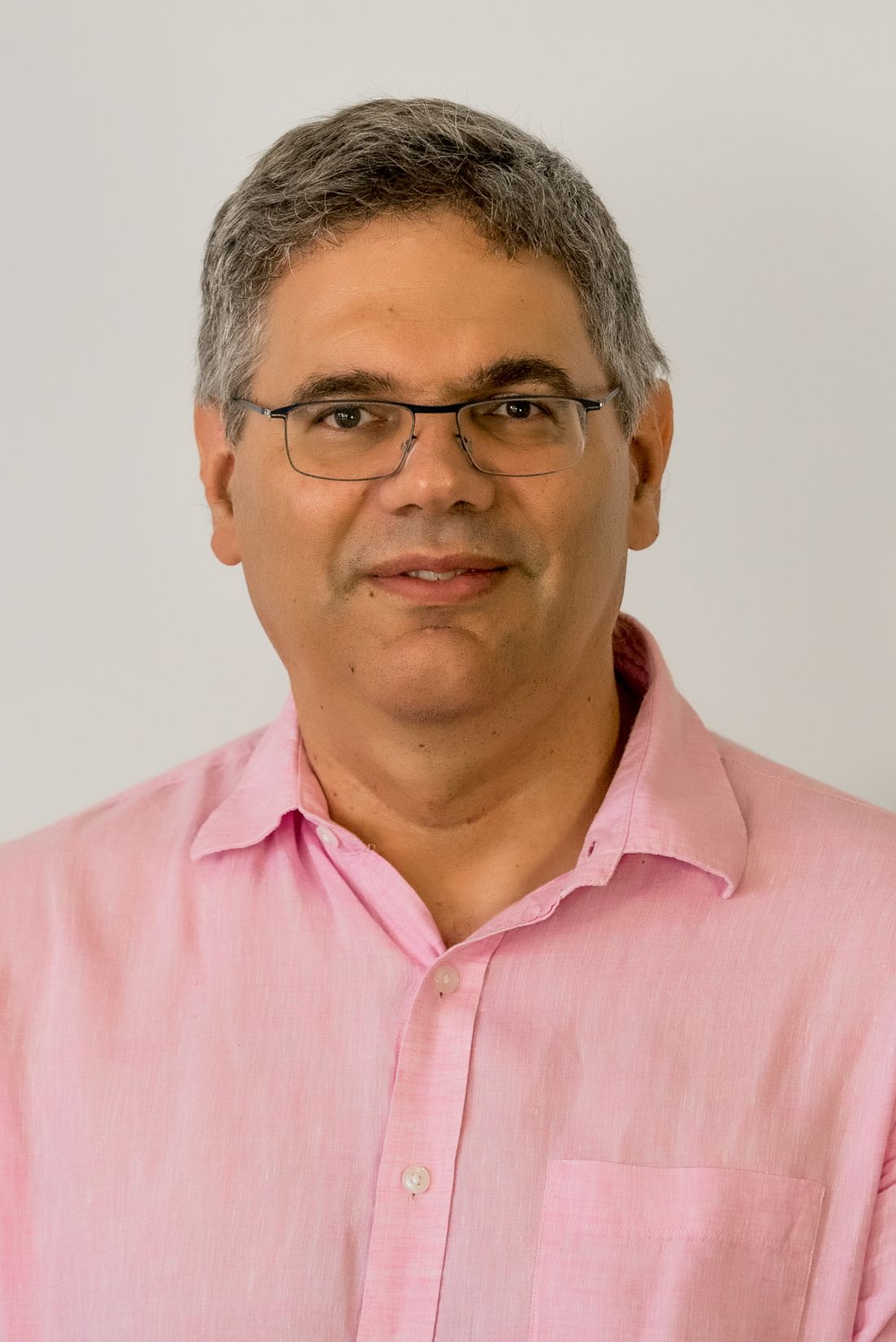User login
Alirocumab achieved a mean 63-mg/dL reduction in LDL cholesterol in the ODYSSEY HoFH study, the largest-ever randomized, placebo-controlled clinical trial of lipid-lowering in adults with homozygous familial hypercholesterolemia (HoFH), Dirk Blom, MD, said in a video presentation of his research during the joint scientific sessions of the American College of Cardiology and the World Heart Federation, which was presented online this year. ACC organizers chose to present parts of the meeting virtually after COVID-19 concerns caused them to cancel the meeting.
“We’re not getting most patients to goal, but we’re certainly getting them closer to goal. A lot of patients will still need further therapies that don’t rely on up-regulation of the LDL receptor, such as lipoprotein apheresis,” observed Dr. Blom, head of the division of lipidology at the University of Cape Town (South Africa).
Of the patients on alirocumab, 57%had at least a 30% reduction in LDL at 12 weeks, and 27% had a 50% reduction or more.
Alirocumab had salutary effects on other atherogenic lipids: roughly a 20% reduction from baseline in lipoprotein (a), a 23% decrease in apolipoprotein B, and a 25% reduction in non-HDL cholesterol.
Dr. Blom noted that, as is also the case for statins in HoFH, the LDL response to alirocumab in patients with this genetically complex disorder is more variable and generally weaker than in other hypercholesterolemic populations.
“We saw some patients getting up to 60%-70% LDL reduction in alirocumab, but a lot of patients getting much less,” he said.
Alirocumab was well tolerated in adults with HoFH, with the same favorable safety profile that’s been established in other patient populations.
Discussant Raul Santos, MD, commented that the ODYSSEY HoFH results are quite similar to those reported in patients with HoFH in an earlier study of evolocumab (Repatha), another PCSK9 inhibitor. The magnitude of LDL-lowering achieved with these biologic agents is such that, were treatment to start early in life, patients with HoFH might expect to experience an extra 10-15 years of life free of cardiovascular events.
“Certainly PCSK9 inhibitors should be the next step after statins and ezetimibe. They’re much less expensive and more available than apheresis,” said Dr. Santos, director of the lipid clinic at the Heart Institute of the University of São Paulo.
Since many patients with this rare disorder experience their first cardiovascular event in adolescence or young adulthood, Dr. Santos said, it’s very important to expand PCSK9 inhibitor therapy to the pediatric HoFH population. Two studies are ongoing in childlren.
The ODYSSEY HoFH trial was funded by Regeneron and Sanofi. Dr. Blom reported serving as a paid consultant to Sanofi, Akcea, Amgen, and Gemphire.
Alirocumab achieved a mean 63-mg/dL reduction in LDL cholesterol in the ODYSSEY HoFH study, the largest-ever randomized, placebo-controlled clinical trial of lipid-lowering in adults with homozygous familial hypercholesterolemia (HoFH), Dirk Blom, MD, said in a video presentation of his research during the joint scientific sessions of the American College of Cardiology and the World Heart Federation, which was presented online this year. ACC organizers chose to present parts of the meeting virtually after COVID-19 concerns caused them to cancel the meeting.
“We’re not getting most patients to goal, but we’re certainly getting them closer to goal. A lot of patients will still need further therapies that don’t rely on up-regulation of the LDL receptor, such as lipoprotein apheresis,” observed Dr. Blom, head of the division of lipidology at the University of Cape Town (South Africa).
Of the patients on alirocumab, 57%had at least a 30% reduction in LDL at 12 weeks, and 27% had a 50% reduction or more.
Alirocumab had salutary effects on other atherogenic lipids: roughly a 20% reduction from baseline in lipoprotein (a), a 23% decrease in apolipoprotein B, and a 25% reduction in non-HDL cholesterol.
Dr. Blom noted that, as is also the case for statins in HoFH, the LDL response to alirocumab in patients with this genetically complex disorder is more variable and generally weaker than in other hypercholesterolemic populations.
“We saw some patients getting up to 60%-70% LDL reduction in alirocumab, but a lot of patients getting much less,” he said.
Alirocumab was well tolerated in adults with HoFH, with the same favorable safety profile that’s been established in other patient populations.
Discussant Raul Santos, MD, commented that the ODYSSEY HoFH results are quite similar to those reported in patients with HoFH in an earlier study of evolocumab (Repatha), another PCSK9 inhibitor. The magnitude of LDL-lowering achieved with these biologic agents is such that, were treatment to start early in life, patients with HoFH might expect to experience an extra 10-15 years of life free of cardiovascular events.
“Certainly PCSK9 inhibitors should be the next step after statins and ezetimibe. They’re much less expensive and more available than apheresis,” said Dr. Santos, director of the lipid clinic at the Heart Institute of the University of São Paulo.
Since many patients with this rare disorder experience their first cardiovascular event in adolescence or young adulthood, Dr. Santos said, it’s very important to expand PCSK9 inhibitor therapy to the pediatric HoFH population. Two studies are ongoing in childlren.
The ODYSSEY HoFH trial was funded by Regeneron and Sanofi. Dr. Blom reported serving as a paid consultant to Sanofi, Akcea, Amgen, and Gemphire.
Alirocumab achieved a mean 63-mg/dL reduction in LDL cholesterol in the ODYSSEY HoFH study, the largest-ever randomized, placebo-controlled clinical trial of lipid-lowering in adults with homozygous familial hypercholesterolemia (HoFH), Dirk Blom, MD, said in a video presentation of his research during the joint scientific sessions of the American College of Cardiology and the World Heart Federation, which was presented online this year. ACC organizers chose to present parts of the meeting virtually after COVID-19 concerns caused them to cancel the meeting.
“We’re not getting most patients to goal, but we’re certainly getting them closer to goal. A lot of patients will still need further therapies that don’t rely on up-regulation of the LDL receptor, such as lipoprotein apheresis,” observed Dr. Blom, head of the division of lipidology at the University of Cape Town (South Africa).
Of the patients on alirocumab, 57%had at least a 30% reduction in LDL at 12 weeks, and 27% had a 50% reduction or more.
Alirocumab had salutary effects on other atherogenic lipids: roughly a 20% reduction from baseline in lipoprotein (a), a 23% decrease in apolipoprotein B, and a 25% reduction in non-HDL cholesterol.
Dr. Blom noted that, as is also the case for statins in HoFH, the LDL response to alirocumab in patients with this genetically complex disorder is more variable and generally weaker than in other hypercholesterolemic populations.
“We saw some patients getting up to 60%-70% LDL reduction in alirocumab, but a lot of patients getting much less,” he said.
Alirocumab was well tolerated in adults with HoFH, with the same favorable safety profile that’s been established in other patient populations.
Discussant Raul Santos, MD, commented that the ODYSSEY HoFH results are quite similar to those reported in patients with HoFH in an earlier study of evolocumab (Repatha), another PCSK9 inhibitor. The magnitude of LDL-lowering achieved with these biologic agents is such that, were treatment to start early in life, patients with HoFH might expect to experience an extra 10-15 years of life free of cardiovascular events.
“Certainly PCSK9 inhibitors should be the next step after statins and ezetimibe. They’re much less expensive and more available than apheresis,” said Dr. Santos, director of the lipid clinic at the Heart Institute of the University of São Paulo.
Since many patients with this rare disorder experience their first cardiovascular event in adolescence or young adulthood, Dr. Santos said, it’s very important to expand PCSK9 inhibitor therapy to the pediatric HoFH population. Two studies are ongoing in childlren.
The ODYSSEY HoFH trial was funded by Regeneron and Sanofi. Dr. Blom reported serving as a paid consultant to Sanofi, Akcea, Amgen, and Gemphire.
REPORTING FROM ACC 2020

